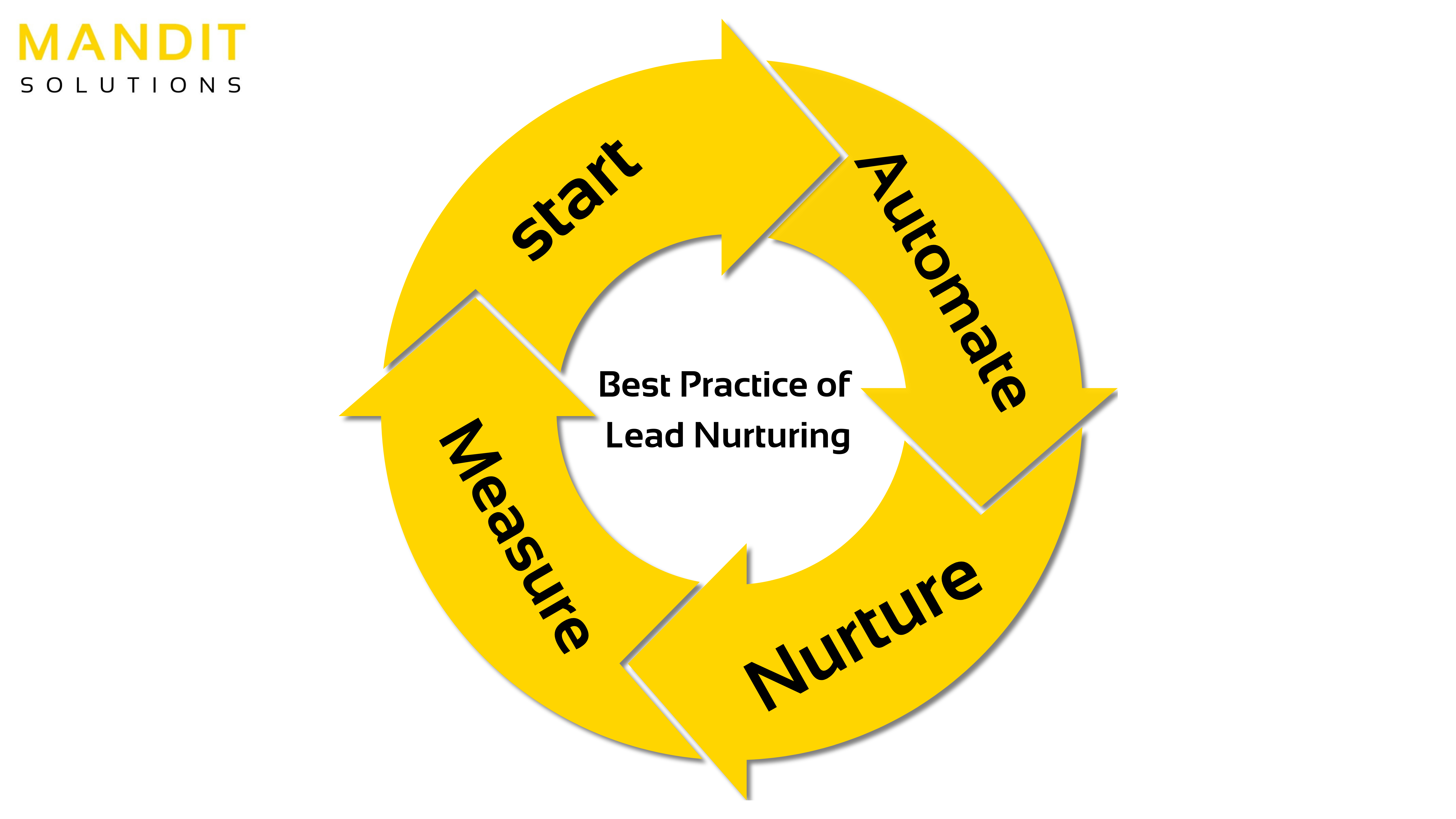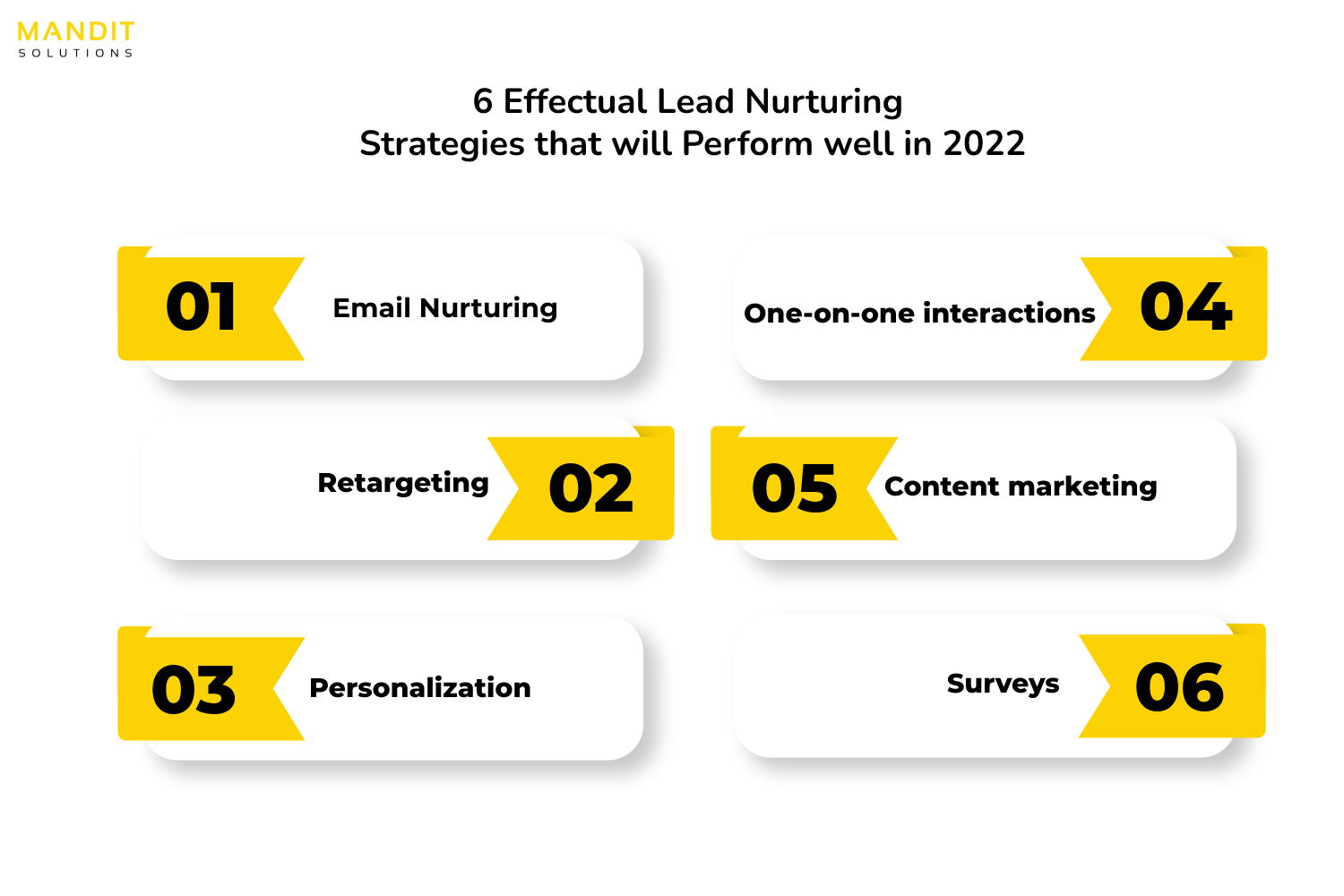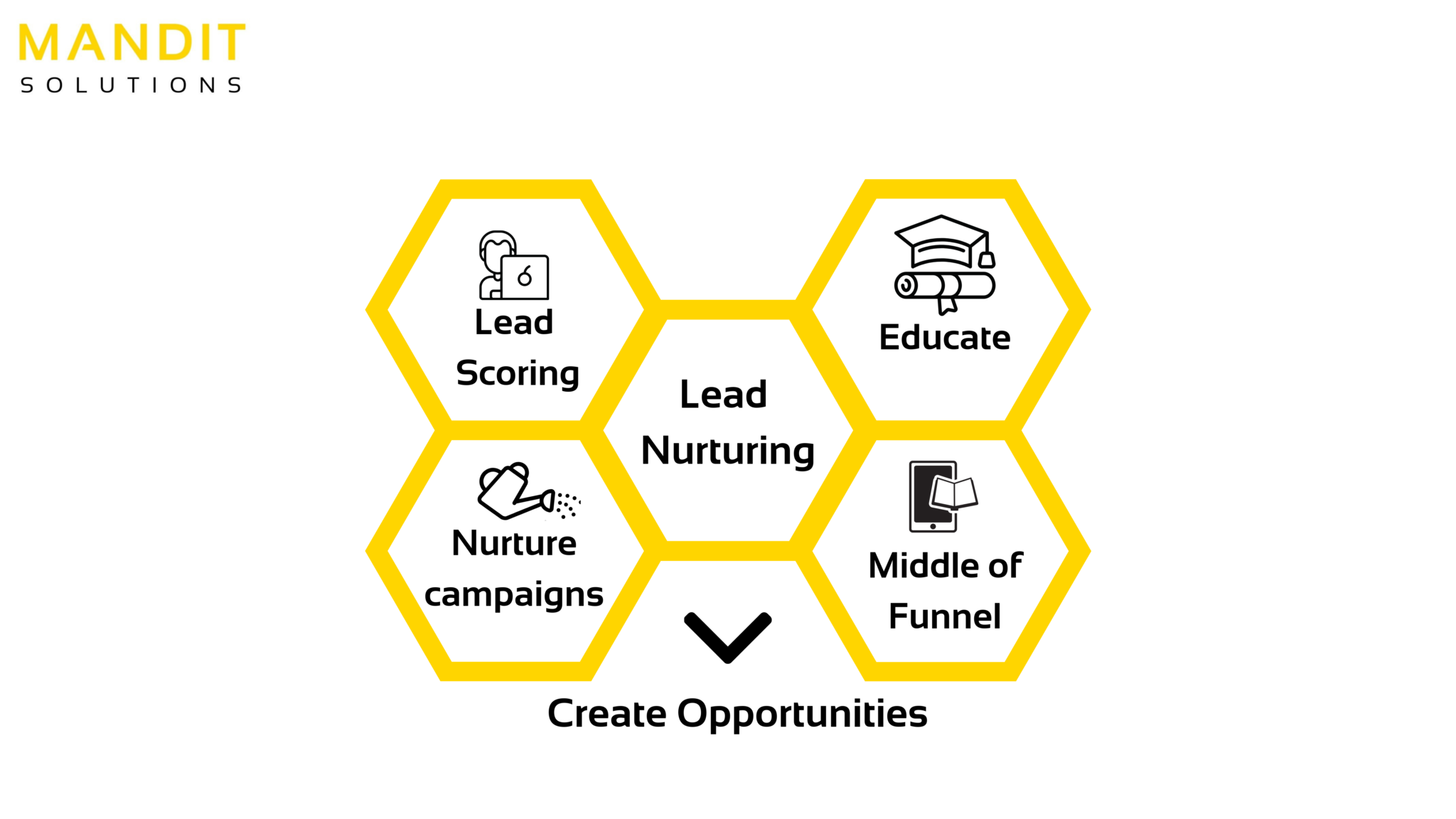Top Lead Nurturing Strategies That Will Serve B2B companies Well in 2022

As more lead nurturing uses inbound marketing to acquire leads, the need of having an efficient lead nurturing plan becomes evident. In most circumstances, only a tiny fraction of your inbound leads will be ready to buy right away, leaving up to 90% of your inbound leads on the table.
Developing an efficient lead nurturing plan may have a significant influence on your inbound marketing campaign’s performance, B2B lead nurturing campaigns customer loyalty, customer retention, revenue, and other factors.
Lead nurturing is the process of engaging, supporting, and developing meaningful connections with targeted buyers by sharing relevant information material and information at each stage of the buyer’s journey.
Unfortunately, not all leads created by your marketing team are sales-ready, and while they may be interested in buying your offerings, they will most likely have inquiries and considerations that must be managed in order to go from the understanding stage to the decision stage, and that is where lead nurturing comes in.
5 Reasons Why Lead Nurturing Is Important
Did you know that 65% of marketers fail to cultivate their leads? That’s a lot of opportunities that went unexploited. If you’re still on the fence, consider the following five key advantages of lead nurturing:
● Generate higher-quality leads
● Increase average buying value
● Reduce CAC (Customer Acquisition Cost)
● Create more loyal customers
● Establish authority in your industry

In addition, here are some lead nurturing data that back up the benefits of having a great lead nurturing plan:
● Nurtured leads purchase 47% more than non-nurtured leads.
● Lead nurturing emails have a response rate that is 4-10 times higher than stand-alone blast emails.
● Companies with effective lead generation systems create 50% more sales-ready leads at a 33% cheaper cost.
● Email segmentation, according to 51% of email marketers, is the most effective technique to create a customized lead nurturing experience.
6 Effectual Lead Nurturing Strategies that will Perform well in 2022
We advised six lead nurturing strategies in all. These are the tactics they’re now doing to efficiently nurture and re-engage leads. Including:
1. Email Nurturing
2. Retargeting
3. Personalization
4. One-on-one interactions
5. Content marketing
6. Surveys
The practices for building lead nurturing program includes:
1. Develop your lead nurturing program.
Shifting from whatever you’re doing now (likely a form of treating all leads equally) to implementing a comprehensive lead-management plan doesn’t have to happen all at once. Building a successful nurture-marketing strategy should be viewed as a multistep process for these firms.
2. Identify ‘nurture-able’ leads carefully.
Determine your ‘nurturable’ contacts. The purpose here is not to create the largest B2B database possible. There’s a portion of individuals you could nurture who, correctly or wrongly, would see even a moderate nurturing program as a persistent lead nurturing campaign from a vendor they’d like not to hear from again.
Define your target lead and handle them accordingly: Make a simple definition of an ideal customer and begin with two buckets: do they qualify or do they not? Is it necessary, for example, for an ideal candidate to come from a specific size of the company? From a certain titled contact? Are you from a certain industry? Set up three criteria and begin delegating task leads based on them.
3. Start with a single campaign
Execute a single lead nurturing campaign for all leads. Yes, it would be excellent to have distinct nurturing groups based on industry, estimated closure date, cause for transaction delay, and so forth. However, if you’re just getting started with lead nurturing, start with a single nurture campaign for all leads. Publishing and offering assets like a monthly newsletter, a webinar offer, or even a festive free white paper offer may keep you in front of prospects. Get complex later, but get something moving with those dormant prospects as soon as possible.
You can split your connections in a variety of ways. You might segment by location, create-date, lead source, and so on.

4. Remember that content is king
Content is a crucial element of nurturing to consider. The first step would be to make a list of all the stuff you have. You probably have more valuable stuff than you know. This includes whitepapers, videos, blog posts, essays, use cases, guest blogs, and other similar materials. By dividing the information into series chunks, you may reuse it in highly efficient ways. Also, when it comes to content delivery, less is more. Long emails will bore people; instead, provide material in list style, such as Top 10 lists, 3 Things Your Competitors Are Doing, and so on. People enjoy viewing brief 90-second movies containing success stories, application cases, and industry trends.
5. Act locally; think globally
For companies with global enterprises, I would build nurturing programs for different areas, such as Europe, to localize messages.
Maintain the bond you’ve established with your consumers. Client service check-ins and loyalty emails are two methods for ensuring that the lead you fought so hard to obtain becomes a customer for life.
There is no better time than now to stop losing precious prospects and begin nurturing them into qualified leads. Creating a lead-nurturing program does not have to be a difficult process. The most essential point here is to get started right away and do one step at a time.
Dive into our lead nurturing strategies, turning initial interest into long-term relationships.
